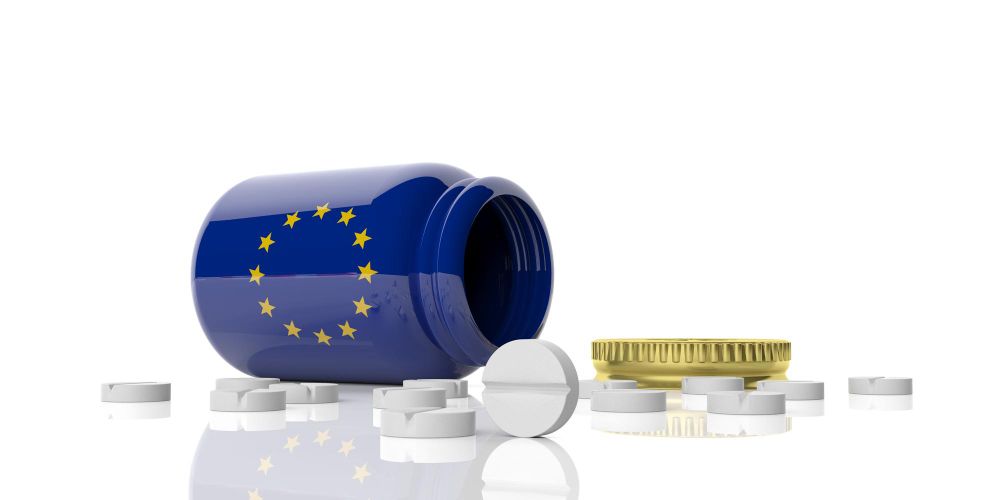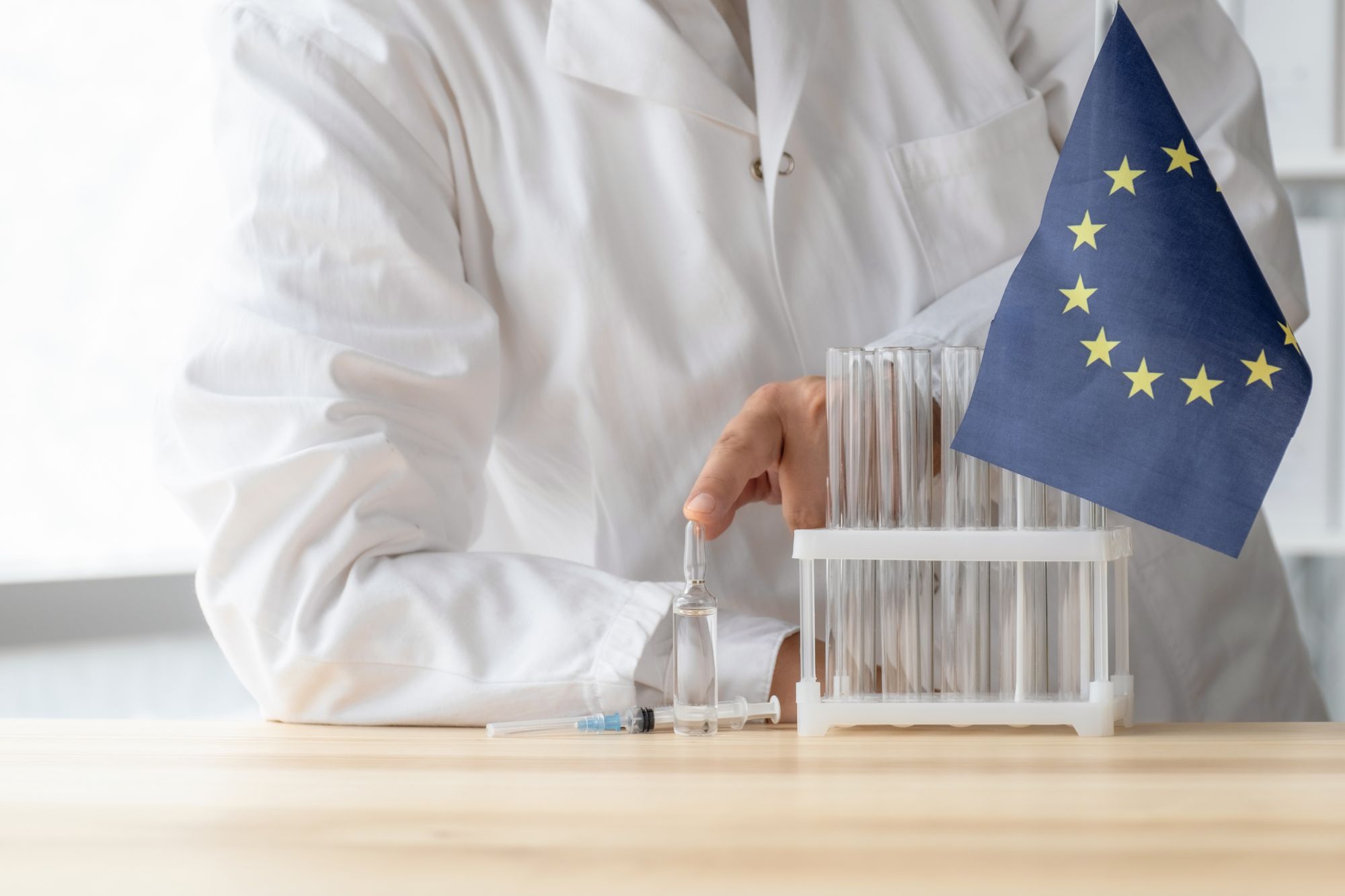How to start wholesale pharmacy in Europe in 2023?
Starting a wholesale pharmacy in Europe in 2023 can be an exciting opportunity to expand your business.
However, the process of setting up a wholesale pharmacy requires careful consideration and planning.
The European wholesale market is highly regulated with strict rules and regulations governing the import, export, and sale of pharmaceutical products.
Additionally, there are significant differences between the legal framework for wholesale models within the EU countries compared to those of other countries.
To successfully launch a wholesale pharmacy business in Europe requires that you understand all applicable regulations as well as any potential requirements or restrictions in each country you intend to operate in.
In order to start a wholesale pharmacy business in Europe, entrepreneurs must first obtain the necessary licenses from their respective national authorities.
Depending on your chosen country and business model, this process may vary significantly.
In addition, opening up wholesale pharmacies often require substantial capital investments which should be considered before taking the plunge.
When considering wholesale pharmacy in Europe, entrepreneurs should be aware of the different wholesale models and regulations that apply to each country, such as product registration requirements, minimum capital requirements for wholesale businesses, payment structures for wholesalers, and more.
Additionally, understanding the local market dynamics is essential in order to ensure success in a wholesale venture.
Business intelligence tools like Pharmafootpath can help you a lot in your process of starting a wholesale pharmacy business.
Navigating the complexities of wholesale pharmacy can be daunting but with adequate preparation and knowledge, it is possible to launch a successful wholesale business in Europe by 2023.
With careful planning and research beforehand, you can make sure your business is on track for success.
How to start a wholesale pharmacy business in Europe
Starting a wholesale pharmacy business in Europe requires understanding supply chain regulations, procurement processes and product packaging requirements.
On the supply side, medical professionals such as hospital pharmacists should be approached for potential supply agreements with drug manufacturers.
From a retail standpoint, common OTC pharmaceuticals should be sourced from established distributors, wholesalers and retailers with valid licenses and certifications.
Lastly, once supply is secured, medical packaging must comply with standards set out by the European Medicines Agency for transporting regulated medications.
Establishing these points prior to venturing into the wholesale pharmacy business will ensure efficient operations in Europe.
Here are some key steps to consider when opening a wholesale pharmacy in Europe:
1. Identify the markets you wish to serve
Before starting out, take time to research which geographical areas you would like your wholesale pharmacy to serve and what types of products you would like it to carry. You will also need to determine how wide an area of coverage is necessary for your services and decide whether it should cover just one country or multiple countries in Europe.
2. Obtain necessary licenses and permits
Depending on the country, different regulations may apply when it comes to wholesale pharmacy licensing. In some countries there may be specific criteria to meet in order to obtain a license such as qualifications and experience. Additionally, you will need to acquire any necessary permits from the governments of each country where you are doing business.
3. Set up your wholesale pharmacy
Once you have obtained the necessary licenses and permits, you can begin setting up your wholesale pharmacy by finding a suitable location and setting up the necessary infrastructure for production and distribution. This includes investing in equipment, supplies, manufacturing processes, warehouse space, personnel and more.
4. Develop relationships with suppliers
To ensure successful operations for your wholesale pharmacy, you will need to develop strong relationships with suppliers who can provide reliable goods at competitive
What are the key considerations when starting a wholesale pharmacy in Europe
Starting a wholesale pharmacy in Europe requires careful consideration and planning of quality medicines, over the counter (OTC medicines), and the demand for affordable medicines.
Manufacturers of quality medicines must adhere to stringent quality standards in order to ensure the safety of patients.
Additionally, having access to quality raw materials is essential in delivering high quality finished products.
Regulations also need to be taken into account when dealing with OTC medicines as certain restrictions may be imposed on pharmaceutical manufacturers due to health and safety laws.
Moreover, it is important to consider affordability when sourcing healthcare products such as syringes, bandages, and more as they make up a significant portion of any pharmacy's stock.
Therefore, understanding consumer demand before setting up a wholesale pharmacy is crucial in order to stay competitive in Europe's pharmaceutical market.
The challenges you will face when running a wholesale pharmacy in Europe
Running a wholesale pharmacy in Europe presents many unique challenges that entrepreneurs have to overcome.
Same day dispatch and quality of products are important factors when it comes to providing a successful service. This means having tight control over your supply chain and ensuring that each step of the process is monitored carefully.
In addition, meeting diverse customer expectations and understanding consumer behavior in different markets can be difficult as preferences vary considerably from country to country.
Moreover, ensuring compliance with relevant legislation such as Good Distribution Practice (GDP) and other regulations is essential in order to run a successful business.
Finally, obtaining financing for a wholesale pharmacy can be challenging due to the high start-up cost of setting up a business with reliable infrastructure and gaining access to suppliers.
One of the major elements to remember is dedicated account managers for healthcare providers, community pharmacy, and other stakeholders who offer products and services.
Building relationships between these groups is essential to having a successful business because it establishes trust and reliability.
Additionally, each group has its own liabilities and regulations.
Long-standing practices need to be respected as well as adhering to all applicable laws.
Having an experienced dedicated contact is paramount as any missteps can lead to costly penalties or lawsuits.
Lastly, complying with all joint governmental regulatory bodies such as EMA or EU Good Distribution Practice guidelines is equally important regardless of the size of the operation or how long the company has been working in European markets.
The future of the wholesale pharmacy industry in Europe
The wholesale pharmacy industry in Europe is rapidly changing and evolving.
Quality products , customer service, and price competition are just a few of the key drivers that will determine the success of any business.
In the near future, it is expected that wholesale pharmacies in Europe will focus more on developing integrated supply chain management systems to ensure quicker product delivery times.
Quality of products is paramount, with new regulations targeting the reduction of unlicensed medicines flooding into the supply chain.
Pharmaceutical companies are being held responsible for ensuring quality assurance standards, to ensure quality control throughout the entire distribution process.
The courage of governments in setting licensing laws for food and drugs sold to wholesalers will help ensure a healthy, safe and secure future for the industry in Europe.
Additionally, technological advancements such as online prescription services that connect directly with quality-checked wholesalers will be instrumental in helping keep quality high while maintaining traditional healthcare systems.
With these advances taken into account, it's clear that Europe is well on its way to becoming a leader in quality lifecare products within the wholesale pharmacy industry.




